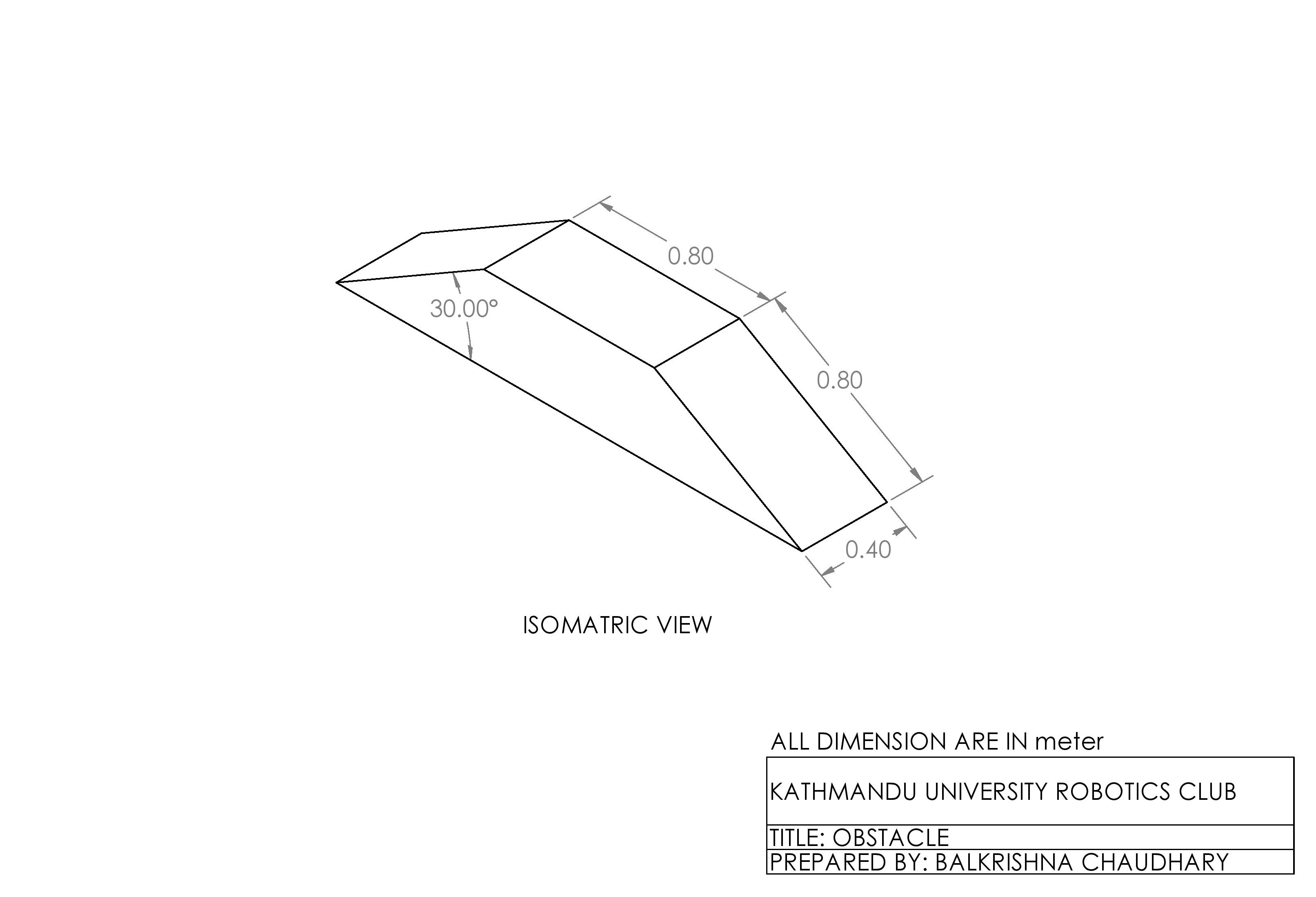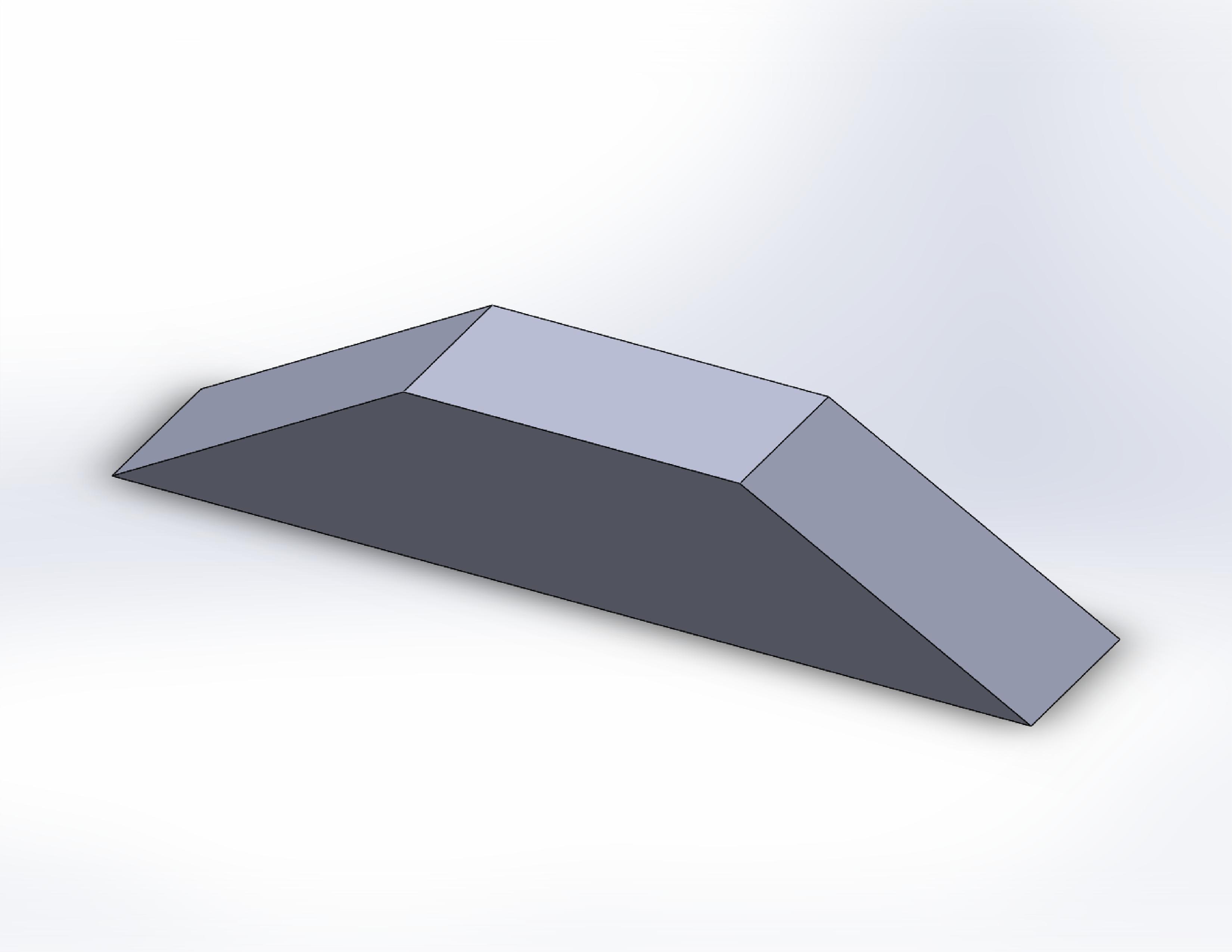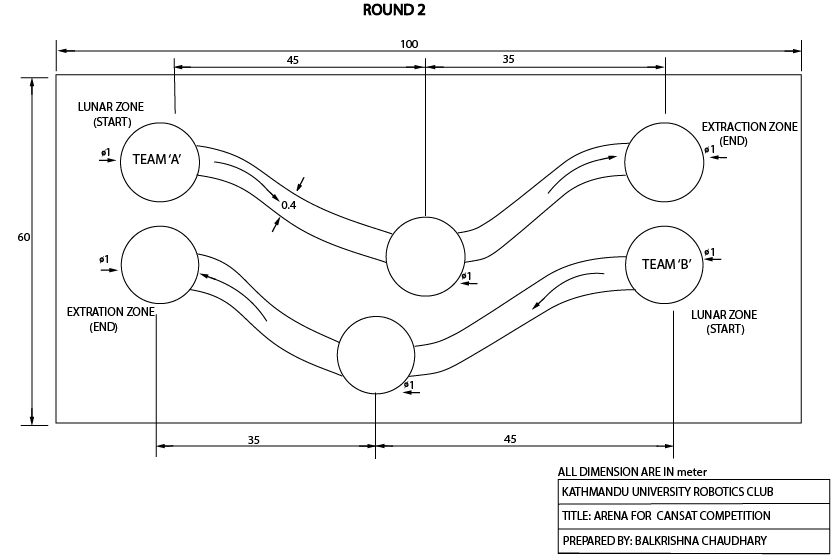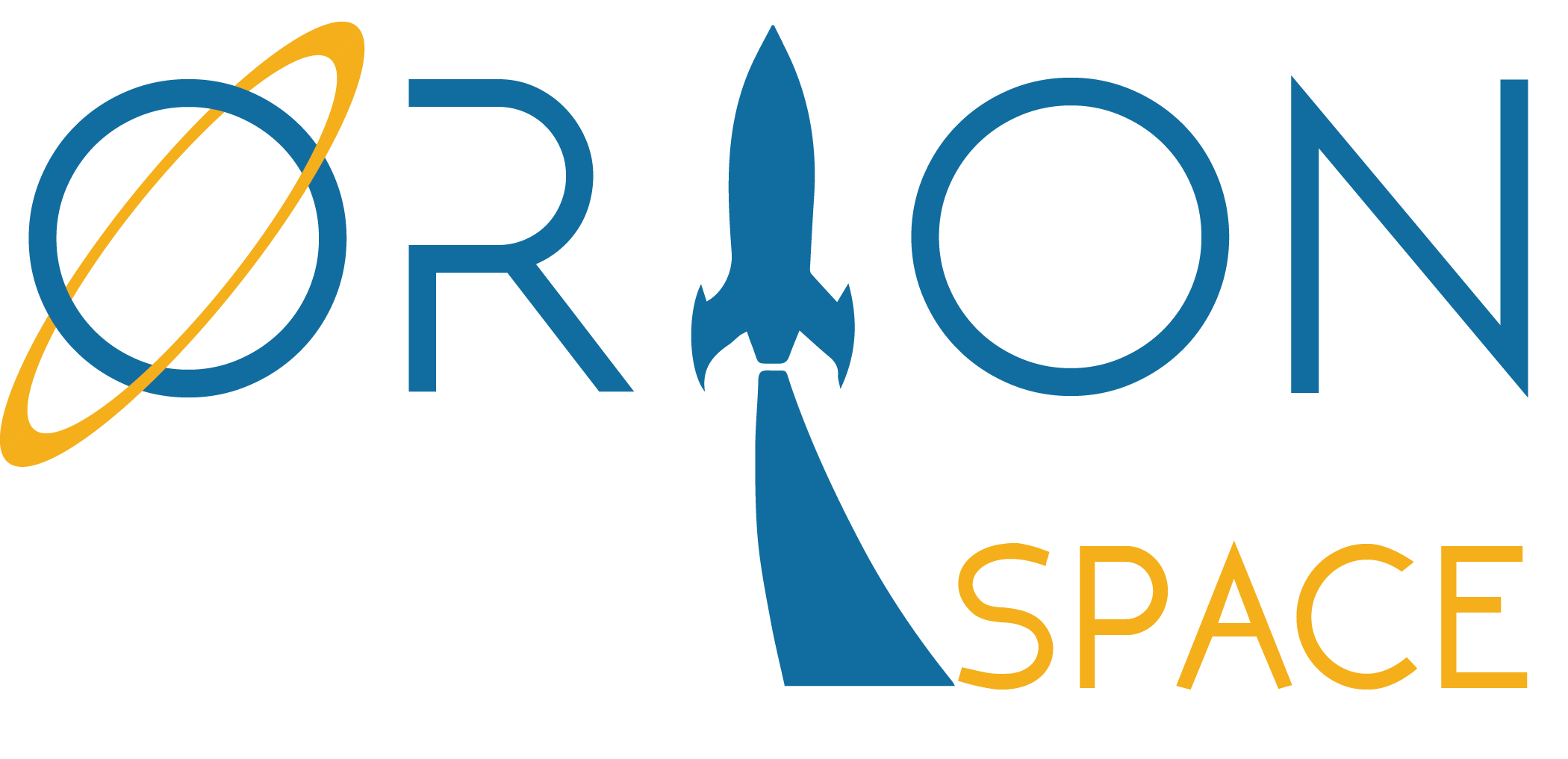Can-Sat is a miniaturized satellite which can easily fit within the size and volume of a can and is not launched into space. CanSat is a scale replica of the design, creation, and launch of a real satellite. The typical CanSat which is composed of many electrical and electronic components, for example, Magneto Resistive (MR) sensor, gyroscope, accelerometer, pressure sensor, and microswitch. These components can be broadly categorized into two groups: the first group to assist in launching and controlling of the CanSat while the second group for the functioning of the CanSat (to gather, process, and/or to transmit data). The major subsystem of cansat are: Payload, Electrical Power Subsystem, Structural Subsystem, Communication Subsystem, On-Board Computer subsystem, etc.
The main objective of this competition is to validate the unidentified Lunar Place by measuring the temperature, pressure, and humidity of that place. Also, the cansat measures the acceleration and altitude while descending. After the unidentified is considered as a safe place, the cansat calls the rover to confirm the measurement and take the cansat along with it in the place it landed.
Goals
- Celebrate 50 years of Apollo Landing.
- To encourage and inspire young innovative minds towards space technology.
- To promote robotics for space development
Registration Criteria
- Online registration (ALL NEPAL) requirements
- Name list (4 members max)
- Bank Voucher (scanned)
- Address and Contact number
- Registration fee
- Rs.3000 ( From 1st October to 17th October )
- Rs.3500 ( From 18th October to 10th November )
- Rs.4000 for late registration ( After 10th November )
PRIZE
- Winner: NRs. 40,000
- First Runner Up: NRs. 10,000
Event Detail
- Name Of Event: Can-Sat: An Environmental Satelite
- No of competing teams at a time: 2
- Length of Battle:5 Minutes
- No of Participants in each team: 4
- Maximum allowed mass of cansat : 350 gm
- Size of deployer box(Length * Breadth * Height): 140mm * 90mm * 100mm
- Height of deployment of cansat: Above 70m
- Minimum logged data during descent: 20
- Minimum logged data in LUNAR Zone: 10
- Data Logged Format
- Format During Descent:
- Format from LUNAR Zone:
CALL_SIGN, TYPE, TIMESTAMP, ALTITUDE, ACCELERATIONX, ACCELERATIONY, ACCELERATIONZ
CALL_SIGN, TYPE, TIMESTAMP, TEMPERATURE °C, PRESSURE, HUMIDITY
- Note:
- Each team must submit a minimum of above-mentioned data in the above mentioned format.
- All the data should be in Engineering units.
- Data to be measured and collected
- During the descent of Can-Sat
- Altitude
- Acceleration in X, Y, Z directions
- Time Stamp
- At LUNAR Zone
- Temperature °C
- Pressure
- Humidity
- Time Stamp
Gameplay
- Two teams will compete in the game arena at a time.
- Can-Sat will be launched from a certain height by organizers.
- The data to be collected during the descent and landing of Can-Sat will be specified and should be recorded and stored continuously both in Can-Sat and Ground Station.
- After the landing of Can-Sat, it has to be brought to LUNAR Zone via wirelessly control method or wired control method.
- The countdown will start after the Can-Sat enters LUNAR Zone.
- Can-Sat should measure and store the specified data at LUNAR Zone.
- Can-Sat should travel or be transported from LUNAR Zone to Extraction Zone.
- The transportation mechanism should only use GROUND vehicles
- Participants shall manage ground vehicle on their own.
- The game will end after Can-Sat enters Extraction Zone or time elapses.
- Terrain may be mountainous, sandy, rocky or plain with a maximum slope not greater than 30 degrees.
- At the Extraction Zone, the data recorded in Ground Station will be verified by judges along with the data recorded in Can-Sat.
- There will be three rounds in the competitions:
- First round:
- Two teams will be in the arena at a time during competition and will have their own specified LUNAR Zone and Extraction zone
- Each team will have to move from their respective LUNAR Zone to Extraction Zone.
- Both teams will get point on the basis of marking scheme individually
- Eight teams with the highest score will be selected for the second round if a total number of registered teams exceeds fourteen.
- N/2 team will be selected for even N and (N-1)/2 team will be selected for odd N if total numbers of the registered team are less than fourteen (N= numbers of the registered team).
- Second Round
- Two teams will be in the arena at a time during competition and will have their own specified LUNAR Zone, Secondary LUNAR Zone, and Extraction Zone.
- Each team has to move from their LUNAR Zone to Secondary LUNAR Zone and then to Extraction Zone.
- At Secondary LUNAR Zone, each team will have to log a minimum of 10 data.
- Both teams will get points on the basis of marking scheme individually
- Two teams with the highest score will be selected for the third round.
- Third Round
- Two teams will be in the arena at a time during the competition will have their own LUNAR Zone, Secondary LUNAR Zone, and Extraction Zone.
- Each team has to move from their LUNAR Zone to Secondary LUNAR Zone and then to Extraction Zone.
- The location of the Secondary LUNAR Zone will be changed
- At Secondary LUNAR Zone, each team has to log minimum 10 data.
- Both teams will get points on the basis of marking scheme individually
- Team with the highest score will be the winner of the competition
- First round:
Competition Rules
- The use of readymade Can-Sat is not allowed.
- The name of the team must be a unique one with the team leader specified
- Collection and storing of data should start only after Can-Sat is deployed.
- The actual mass of Can-Sat should not exceed the specified mass.
- Can-Sat must freely fit in the deployer.
- The cansat shall not have any mechanism that cause it to stuck in the deployer system.
- Can-Sat should have an option to change Bandwidth and center frequency
- CanSat can only operate in ISM or Amateur Bands.
- The maximum transmission power should not exceed +20 dBm.
- All the electronic components shall be enclosed and shielded with the exception of sensors
- Flammable and explosive substances should not be used in mechanism.
- Each team shall develop their own ground station.
- The decision made by the jury will be considered as a final decision.
Disqualification
- Any Can-Sat not conforming to the specifications provided.
- The use of jammers and radio frequencies to alter the gameplay.
- The team performing any act that is not in the spirit of fair play.
- The team damaging or trying to damage the gameplay.
- The team that fails to obey instructions and/or warning issued by the referees and judge.
Judging Criteria
- At least 30% of the recorded must be verified.
- Data recorded should be consistent to standard data and data variation in Can-Sat will result in a penalty.
- If the timestamp is not accurate then the data Recorded will be judged as invalid.
Notes
- The terrain from LUNAR Zone to Extraction Zone may vary and it will be notified to team leader before the game.
- The organizers reserve the right to change any of the rules if necessary and will inform the participants if any rules are changed via contact number or email.
- If the number of participating teams are less than eight then the PRIZE AMOUNT WILL BE REDUCED.
- If the Can-Sat gets damaged at any point of time during the competition, the organizers will not be responsible for it.
- In the case of damage of any Can-Sat immediately after landing, the team get one chance to re-deploy their cansat.
- Parachute should be easily ejected able and shouldn’t touch the system (other can-sat parts) which will be verified by the organizers before the competition starts.
Arena




For furthur details:
-
Devraj Pant
- Contact Number: 9824669736
- Email Address: pantdevraj44@gmail.com
-
Shruti Shah
- Contact Number: 9860333125
- Email Address: sahshruti2@gmail.com

